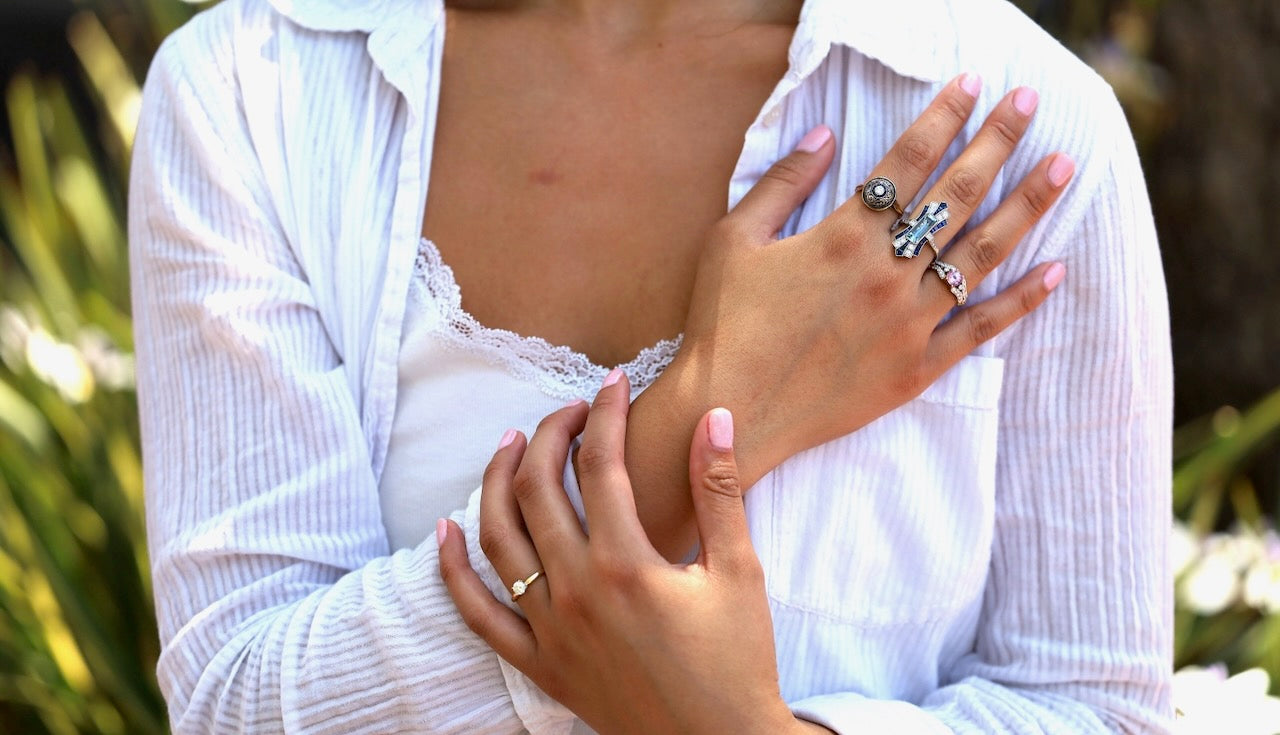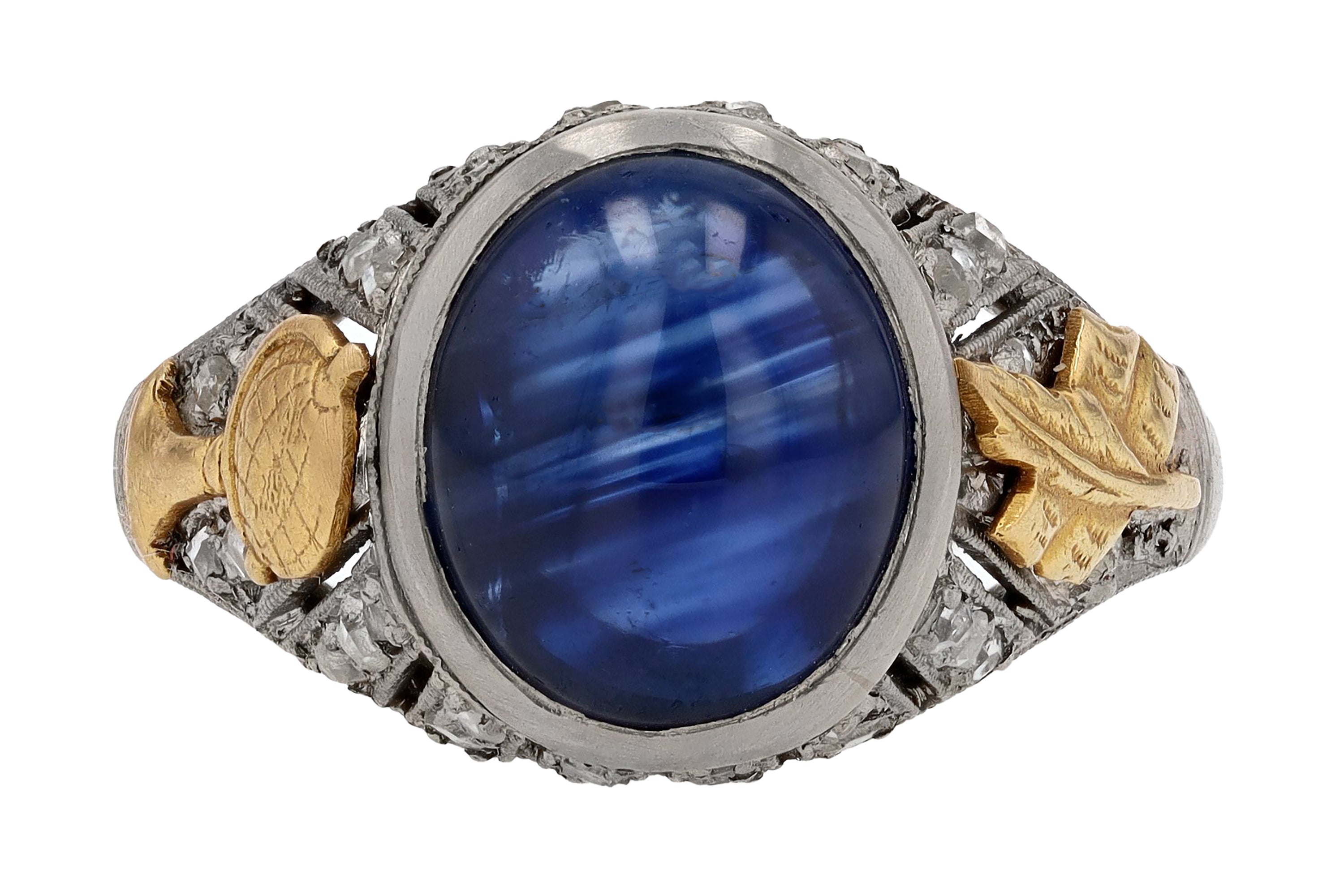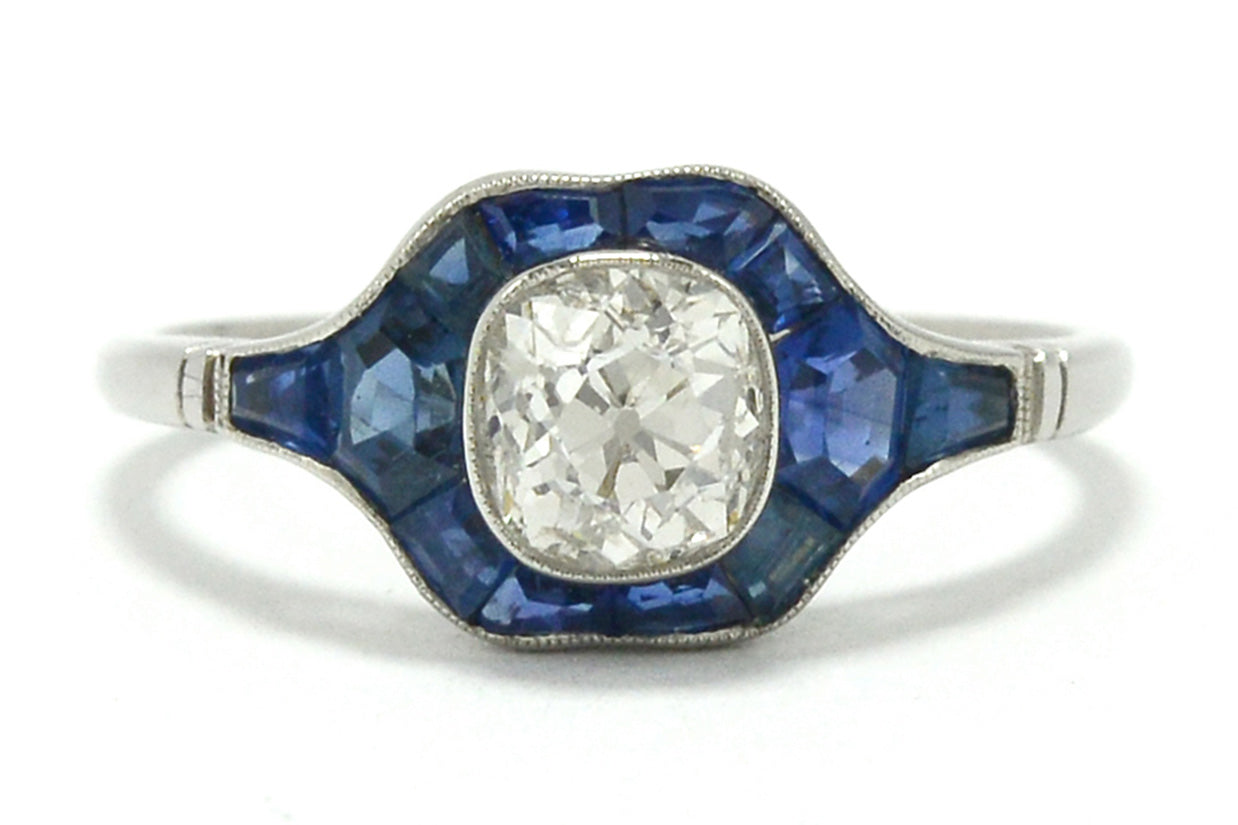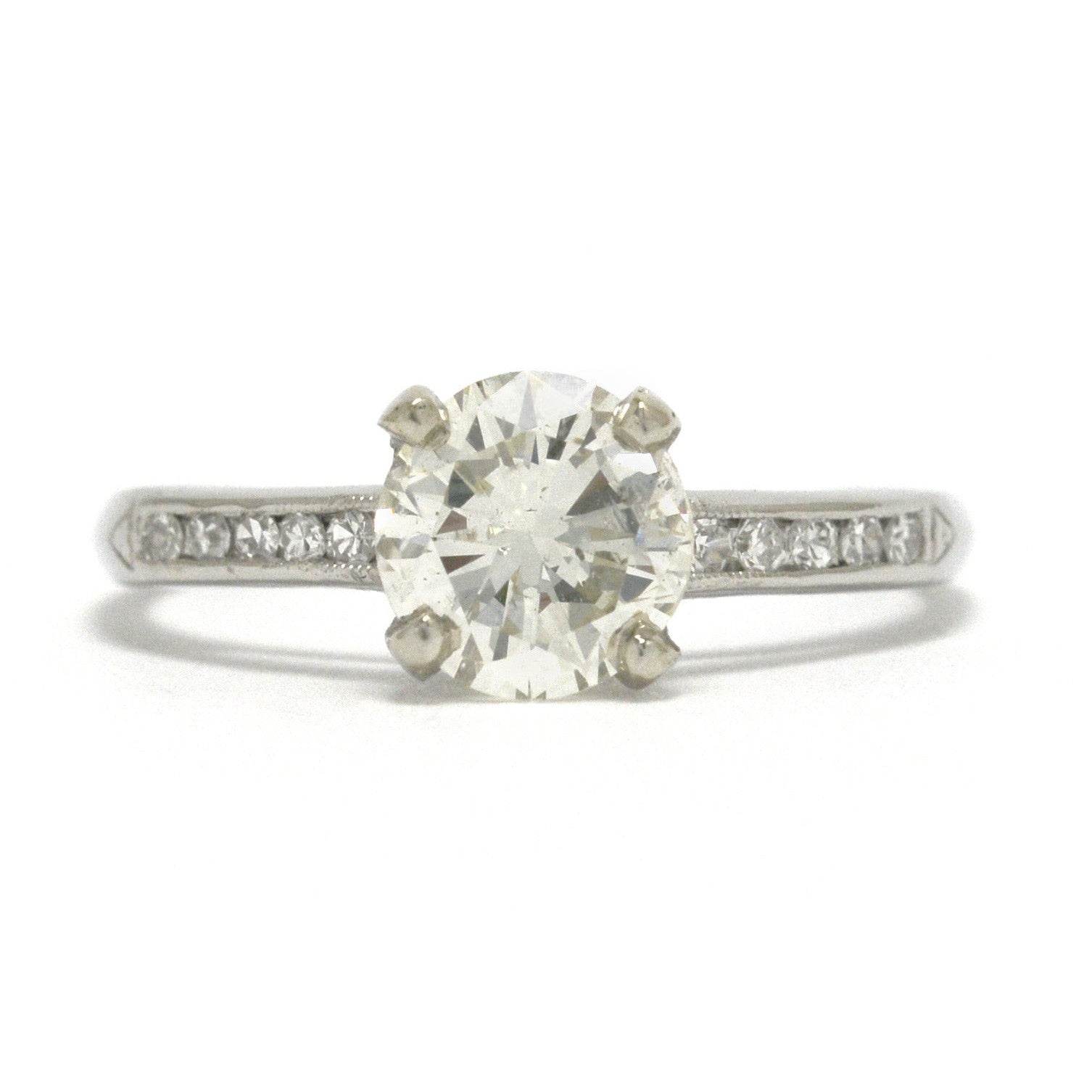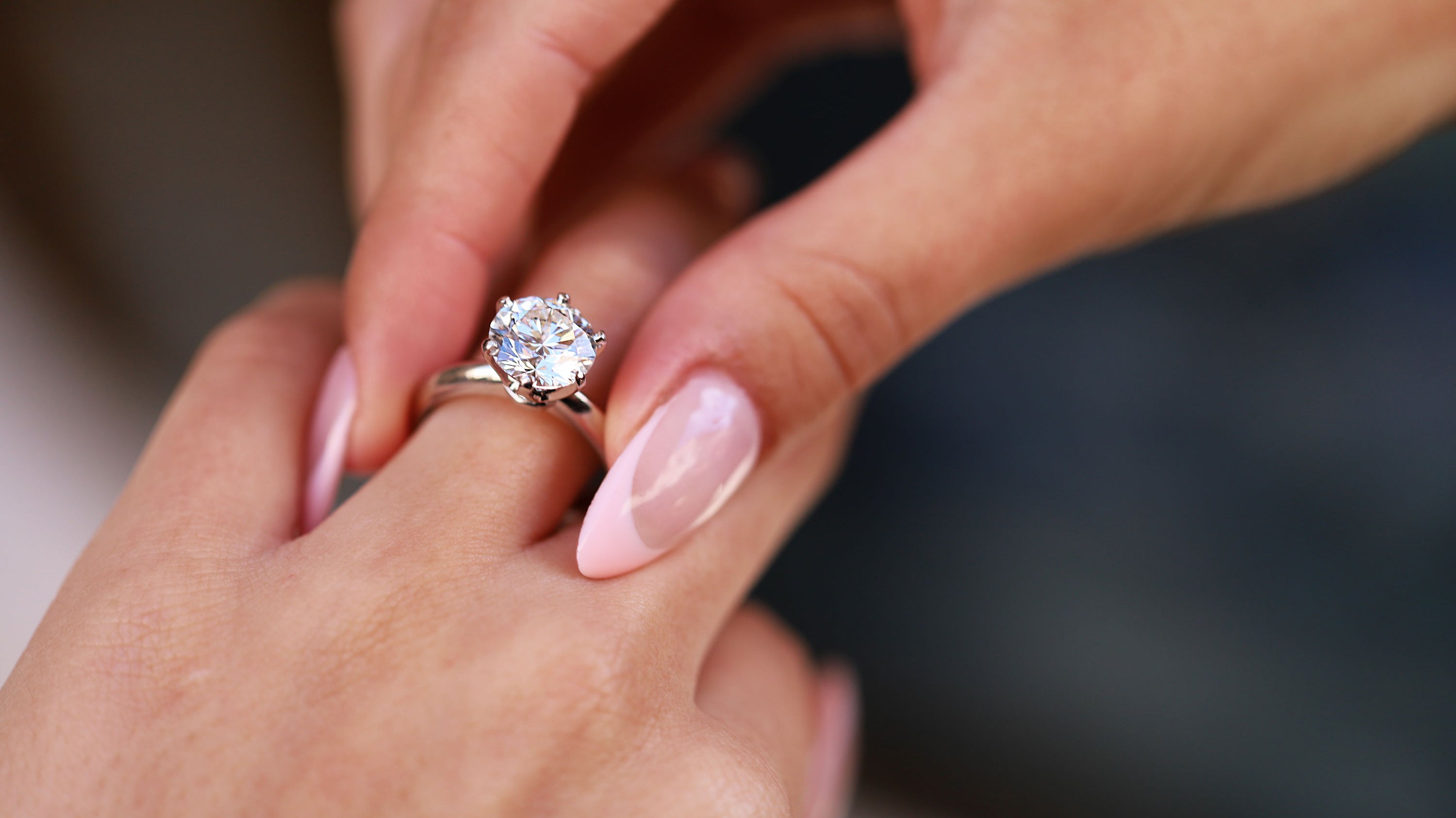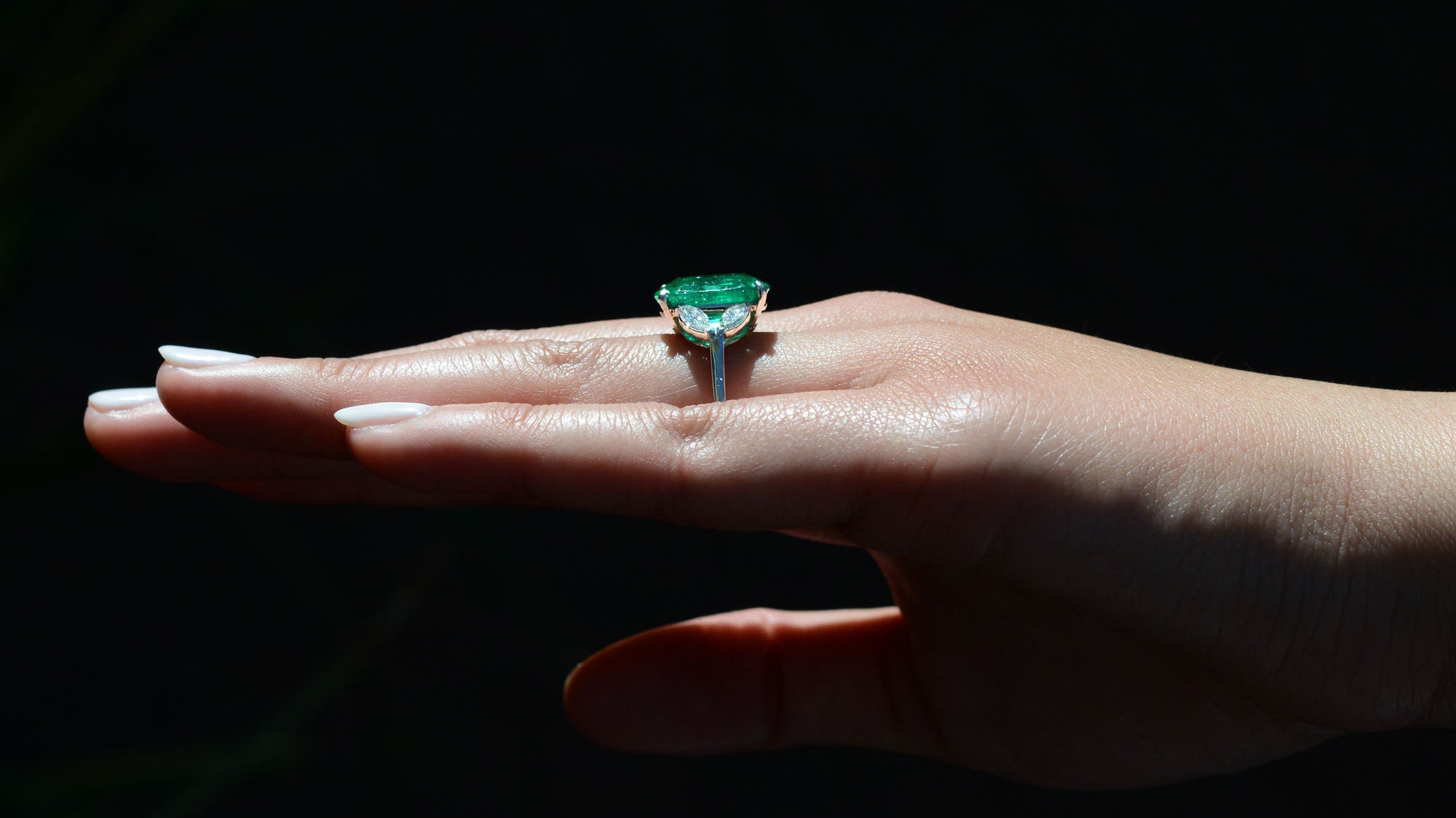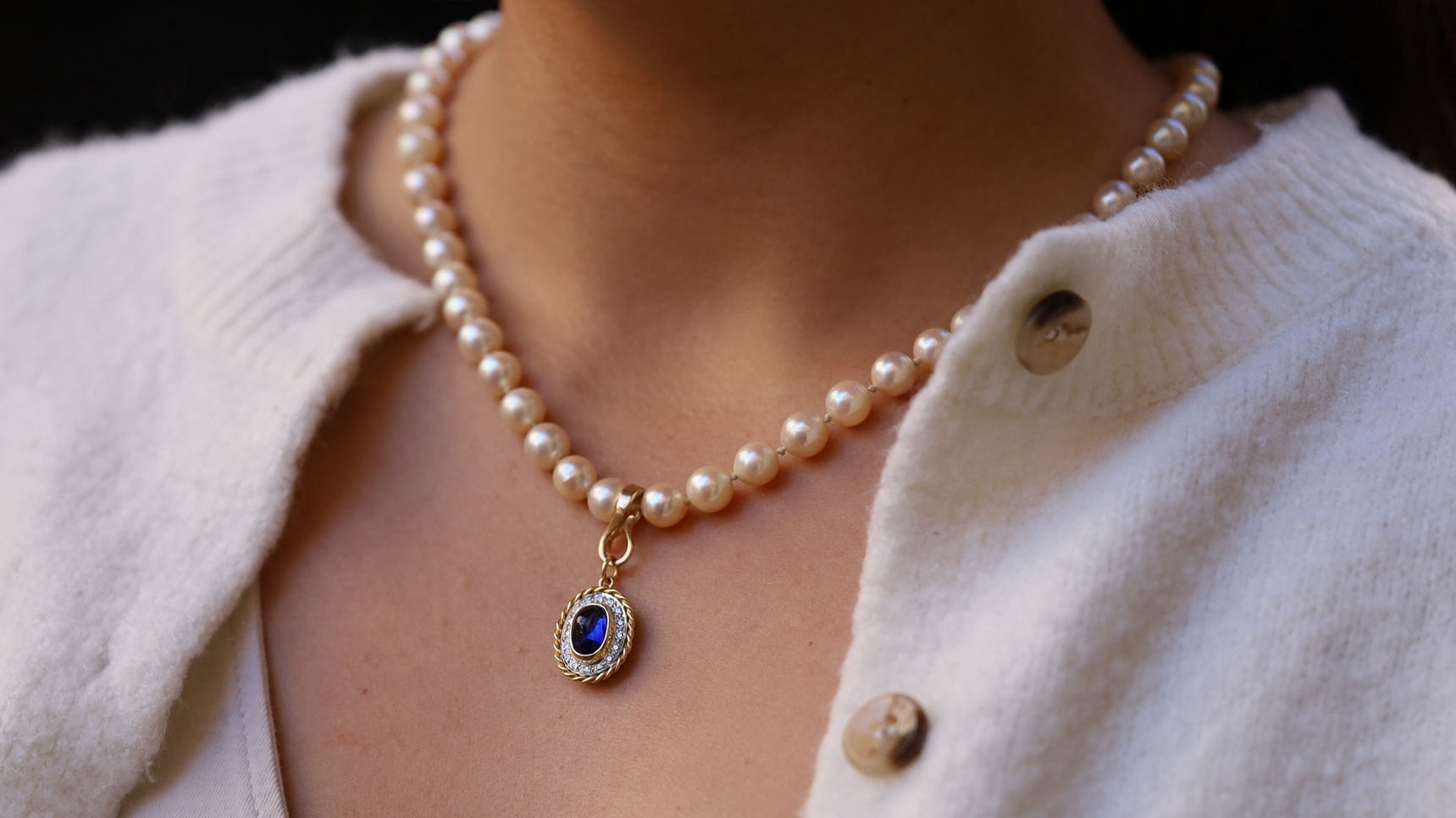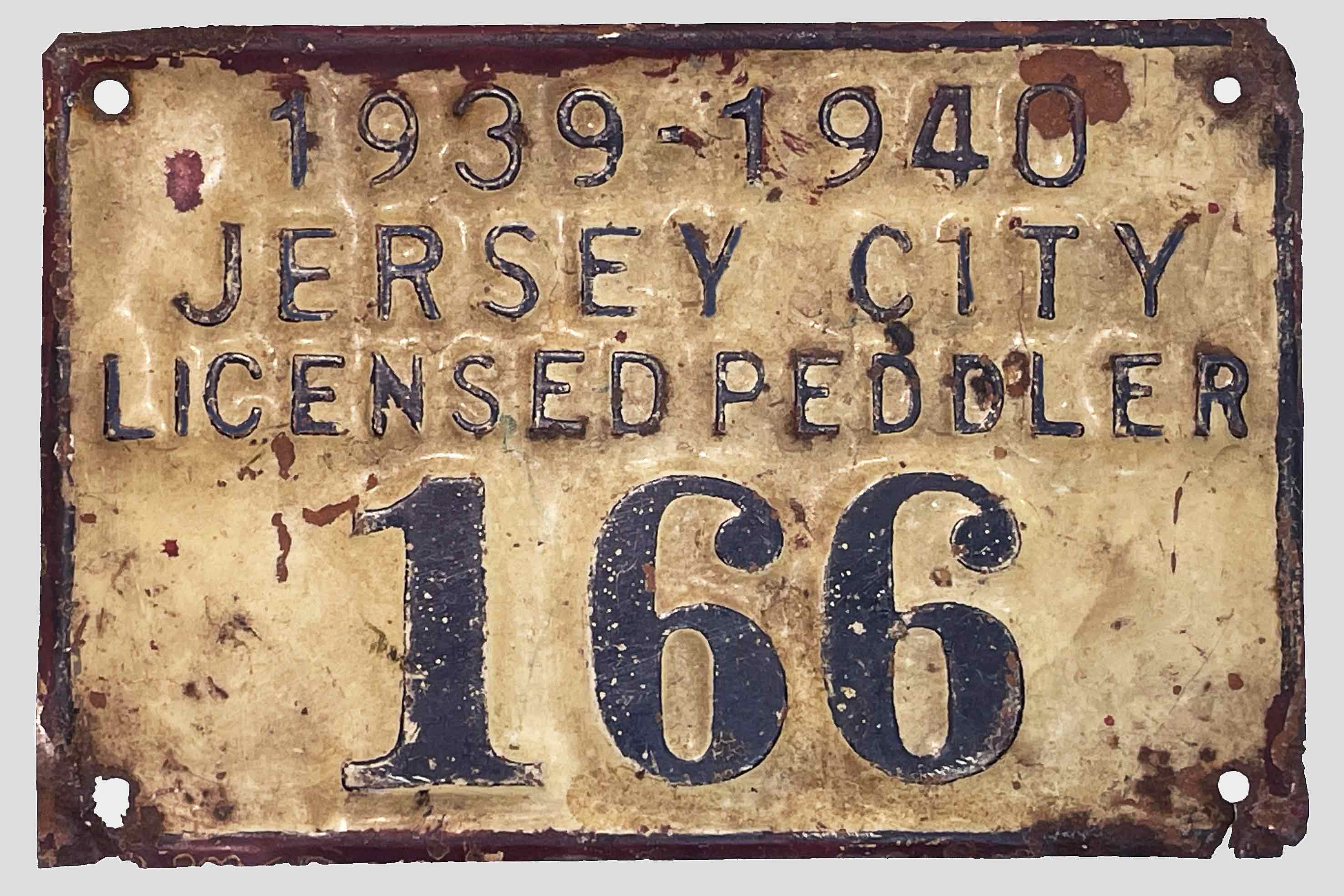Exploring the Evolution of Style: From Antique Charm to Modern Sparkle. The top 10 Cuts of Diamonds and Gemstones.
The art of cutting natural gemstones and diamonds was born out of ancient civilizations' quest to reveal the inherent beauty hidden within rough stones. Initially driven by practical needs for shaping tools and ornaments, this skill gradually transformed into a meticulous craft, with specialized techniques emerging over centuries to enhance the brilliance and allure of precious stones.
The Cabochon CutA gemstone cut with ancient roots, the cabochon cut presents a polished form devoid of facets, showcasing a smooth and rounded appearance.
The Emerald Cut
Tracing its origins back to 1477, when Archduke Maximilian of Austria bestowed an emerald-cut diamond engagement ring upon Mary of Burgundy, the emerald cut endures as a favored style. This step cut, featuring a rectangular shape with rectangular facets and cropped corners, exudes an architectural elegance that has sustained its popularity over time.
The Old Mine Cut
Originating from the mid-1800s to the 1900s, old mine-cut stones are prevalent in Georgian and Victorian jewelry. Hand-cut with early machinery, these stones, precursors to the old European cut and brilliant cut, present a gently rounded square appearance from the top, featuring a deep cut with a high crown, small table, and flat culet.
The Old European Cut
Thriving from the 1870s to the 1930s, the old European cut, a favorite among connoisseurs, appears round from above. With a high crown, small table, and flat culet, this cut, boasting 58 facets, predates the modern brilliant-cut diamond. While both cuts sparkle, the old European cut draws the eye inward, creating a distinct visual appeal.
Pear Cut
The pear cut diamond, also known as the teardrop or pendeloque cut, has a fascinating origin that dates back to the 15th century. The creation of the pear cut is often attributed to the skilled craftsmanship of Lodewyk van Bercken, a Flemish diamond polisher, in the early 1400s. The innovative design emerged as a combination of the round brilliant cut and the marquise cut, featuring a tapered point at one end and a rounded end at the other. This unique shape, resembling a teardrop, provides a graceful and elongated appearance, making it a popular choice for both engagement rings and pendant jewelry. The pear cut has evolved over the centuries, and its enduring appeal can be traced back to its distinctive blend of elegance and versatility.
The Rose Cut
Thriving in popularity from the 1800s to the 1900s, the rose cut represents one of the earliest faceted stone cuts. Described as a "faceted cabochon-cut stone," the rose cut distinguishes itself with a flat base and a faceted domed top, resembling an unfurling rose. Notably shallow, these stones often appear larger than their actual weight at first glance.
The Asscher Cut
Emerging in 1902, the Asscher cut gained popularity during the Art Deco Era for its geometric form and square or rectangular step-cut shape with wide corners. Characterized by a high crown, small table, and large culet, this cut was reserved for the finest stones, making vintage Asscher-cut diamonds exceptionally rare and beautiful.
The Transitional
Cut Dating from around 1918 to the 1920s, the transitional cut, an evolution of the old European cut, exhibits consistent proportions with a lower crown, medium table, shorter pavilion, and smaller culet. Perfected by Henry Morse and Charles Field, it marked a significant advancement in diamond cutting during that era.
The Early-Modern (Round Brilliant)
Brilliant Cut Invented in 1919 by Marcel Tolkowsky, the brilliant cut introduced specific proportions and mathematical computations to enhance brilliance and light dispersion. Evolving since its inception, the early-modern brilliant cut remains one of the most popular cuts for stones.
The Princess Cut
Similar to the brilliant cut but square, the princess cut is a modern style absent in antique and vintage pieces. To achieve a square look with a vintage touch, the illusion setting, popular from the 1920s to the 1950s, is recommended, featuring old European, transitional, or early-modern brilliant-cut diamonds set in a square setting.
*A Note About Culets In older diamonds, particularly old European cuts and old mine cuts, a tiny dot in the center indicates the presence of a culet, a unique feature absent in modern stones. The size of the culet often correlates with the age of the stone, with older stones typically having larger culets.

